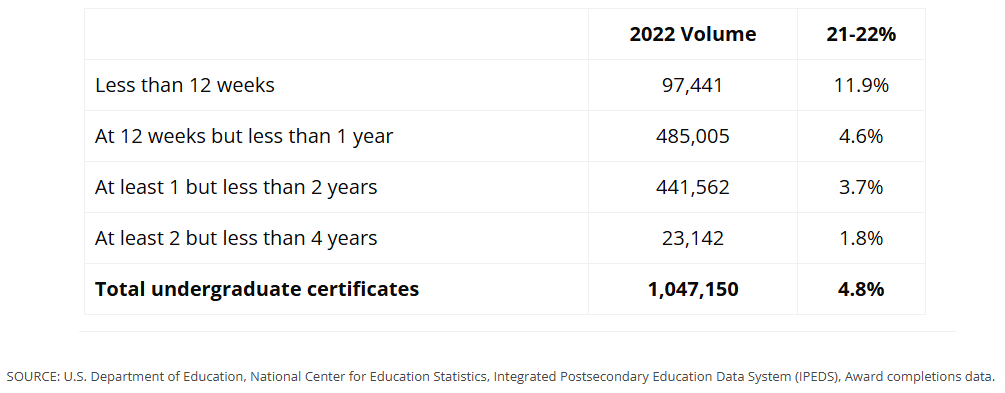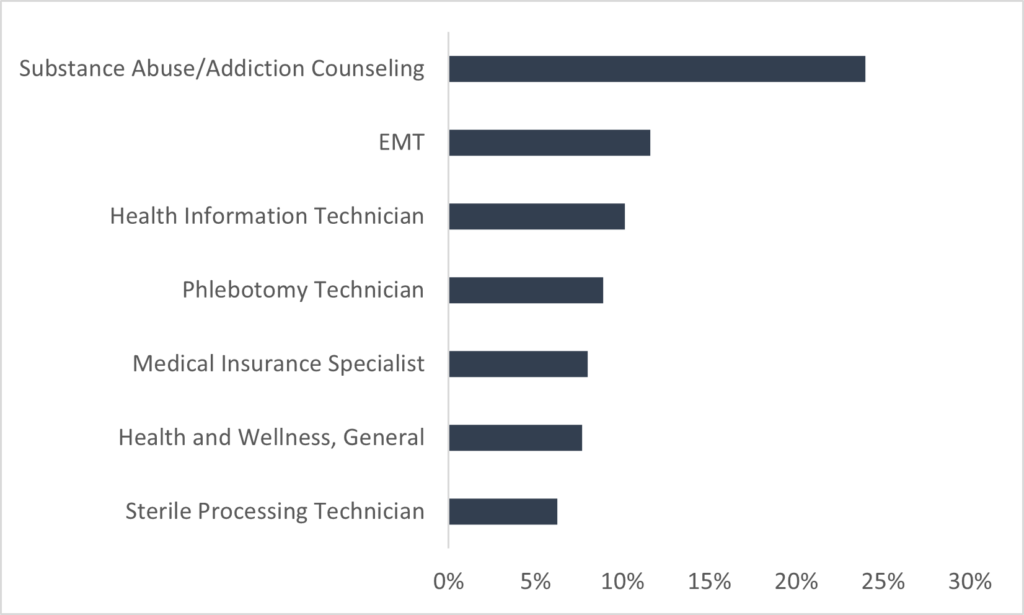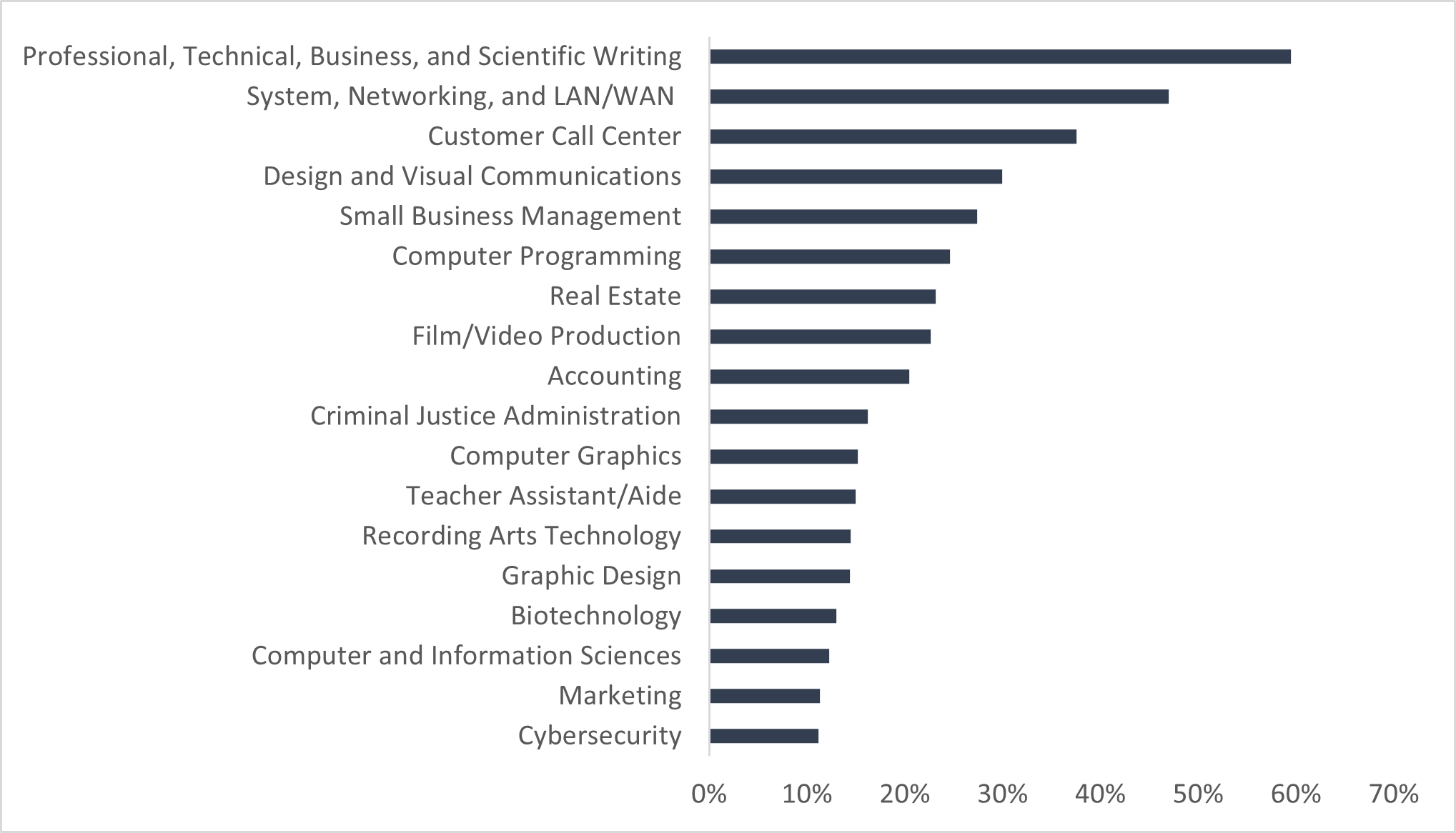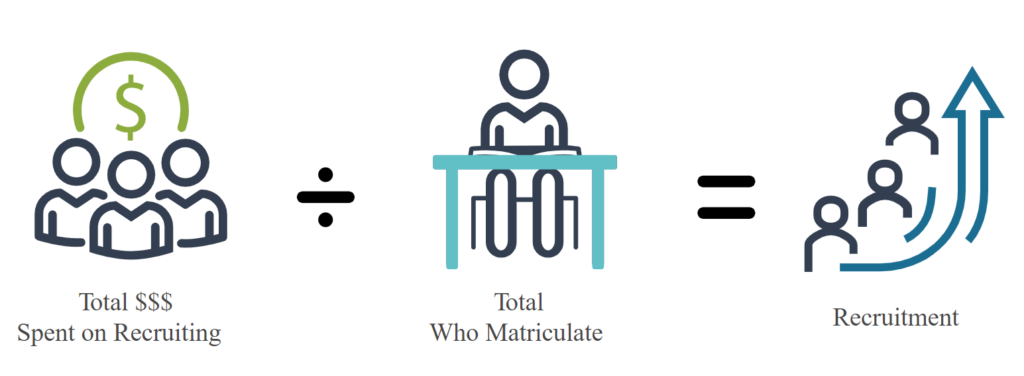Between the late 1990s and early 2010s came the most diverse generation in history, one that, in 2020, made up just 6.1% of the workforce and is anticipated to constitute approximately 30% of it by 2030.
But as companies continue to weigh the pros and cons of hiring Gen Z employees, the cons seem to outweigh, as the first wave of qualified Gen Z professionals and recent college grads hoping to enter the workforce hasn’t necessarily had a positive experience in doing so.
RippleMatch, a recruitment automation platform that uses artificial intelligence (AI) to match users to jobs and internships, recently surveyed more than 3,000 Gen Z students and recent graduates on their job searching experiences. Results show that nearly half of Gen Zers are submitting more than 50 applications during their job searches, 47% of them worry about whether their applications will stand out to recruiters, and 38% ranked being “ghosted” by recruiters during the interview process as one of the most challenging aspects of the process.
As a recent college graduate and older Gen Zer myself, I can’t say those numbers surprise me.
My Gen Z Job Search Experience
A few months before graduating from Ball State University in May 2022, I started my job search in hopes of finding work before the end of my senior year. I knew the process wouldn’t be easy, but I finally felt ready to get it started.
By no means did I think I would be the best candidate in the bunch for the dozens of jobs I applied to. I didn’t expect to hear back from every single company with a “thanks, but no thanks” type of email, but I also didn’t expect total silence.
In my opinion, I was a strong applicant. Not only did I have a triple major and one minor, but I was also a student in the honors college. I held leadership roles, including editor-in-chief of the student newspaper, in multiple student media outlets all four years. I worked on-campus jobs starting the first week of my freshman year until the last week of my senior year, completed four journalism industry-relevant internships, freelanced for multiple publications, and worked as an apprentice and editorial assistant for a writer published in top media outlets including The New York Times, ELLE, and The L.A. Times.
But despite the education and experience on my resume, every single application I submitted led to a dead end.
Then, Stamats Communications took a chance on me.
The very last job application I submitted was for a content developer role with Meetings Today magazine, a B2B trade publication and a division of Stamats Communications. Within two days of applying, I heard back from the company, completed an initial introductory call, and scheduled an official follow-up interview with the magazine’s editorial team.
At the end of my interview, they gave me a timeline for when I could expect to hear back from them. I got a phone call even earlier than I was promised, and the news was good. I got the job.
I’ve been an employee under Stamats Communications for nearly two years now, and I genuinely mean it when I say there is nowhere else I’d rather be.
Since my first ever interaction with the company, there’s been a mutual respect that I haven’t experienced anywhere else. My application wasn’t ignored. I wasn’t treated differently because of my age. My skills and experience mattered more to the company than what year I was born.
Instead of shutting down my ideas as I sat at the bottom of the totem pole, my boss, manager, and colleagues welcomed my creativity and thoughts every time I had something I wanted to share. It’s that kind of mentality and welcoming workplace atmosphere that Gen Z employees are looking for, and it’s what Stamats had that the other companies I applied to lacked.
Suggestion:
To begin to develop a workplace that is welcoming and attractive to Gen Z, my biggest piece of advice is to show that level of mutual respect from the very beginning. Don’t assume that every Gen Zer falls into the generation’s negative stereotypes and, instead, be open to learning about who Gen Z really is, both inside and outside the office.
Who is the Gen Z employee?
Gen Z is commonly known for being many different things: tech-savvy and entrepreneurial, lazy and sensitive, entitled and demanding. The list goes on. While many of these characteristics are universally assumed about the generation, they aren’t all universally true, and oftentimes, it’s these stereotypes that stand in the way of employers connecting with qualified Gen Z employees.
To effectively understand and appreciate what Gen Z has to offer as employees, it’s important to take note of any implicit biases you may have and replace them with knowledge about the generation’s workplace values. From there, you will have a better idea of how to address Gen Z job applicants and find an employee with values that align with those of your company.
The highest-ranking factors of employment across Gen Z are:
- Compensation and pay transparency
- Diversity, equity, inclusion, and belonging (DEIB)
- Flexibility and work-life balance
- Modernized benefits that prioritize mental health
- Internal mobility and career growth opportunities
- Consistent, open communication and timely feedback
Suggestion:
Be open and willing to hear young applicants out and allow them to share what they are looking for out of a job. Then, be transparent and realistic about how well your company can meet those expectations.
Allow space for open communication during the interview and hiring processes and continue to make room for that level of communication when you welcome a Gen Z employee to your team.
To be on the same page, you have to know which page others are on.
Why should you hire a Gen Z employee?
As the first generation to grow up with technology at their fingertips, Gen Z brings a new kind of perspective and fresh innovative ideas to the table, introducing employees who may not be as familiar with the technology and capabilities that are out there and keeping the company on its toes. They often think outside of the box and offer creative solutions to problems that may not have been tried in the past, and their entrepreneurial tendencies make them thoughtful risk-takers.
Now that artificial intelligence is quickly becoming a part of our daily work routines, having a tech-savvy Gen Zer on staff may be the best way to introduce and acclimate other employees to AI software and services they’re unfamiliar and uncomfortable with. Gen Z sees this new software not as a threat but as an opportunity to take their technology skills to a whole new level, and they will help your company do the same.
Their approach to AI is just one example of how adaptable the generation can be, and the COVID-19 pandemic is another, as many members of Gen Z likely have a story to tell about their remote educational experiences. While some may argue that remote learning made the generation even lazier, the truth is the experience just opened Gen Z’s eyes to what’s possible to achieve working from home. It showed them the benefits of flexible environments and being open to change, and while the generation may have a unique idea of what work-life balance looks like, they’ve also shown older generations what could be possible for them with a little more flexibility.
Gen Z is also incredibly interconnected as they’ve grown up in the era of social media, making friends online who they may have never even met in person and finding communities of like-minded individuals around the world all through the tap of a button. Their desire to be a part of something bigger makes them open to collaboration and teamwork, and their experiences online have made the generation out to be one full of skilled multitaskers and problem solvers.
Finally, Gen Z employees may help your company reevaluate itself from the inside out, as they take into consideration an employer’s commitment to diversity and inclusion, as well as a company’s overall social and environmental impact. The most diverse generation to date values being that way and is not afraid to speak up in instances where diversity may be lacking. Determined to make positive change and care about the impact they have on the environment, Gen Z often searches for companies with social and environmental initiatives in place.
The greatest benefit to hiring a Gen Z employee, though, is that when you find the right fit, one who is truly passionate about the work they do, and make sure they feel valued at your company, they will go above and beyond to show their gratitude and make you proud.
Suggestion:
The next time there’s an open position at your company, make sure your mind is open, too. Pull those newer resumes and consider the opportunities that may come alongside hiring a member of this generation. The benefits will almost certainly make taking a risk worthwhile.
Learn more about Gen Z and Taylor’s exploits with Meetings Today through her monthly column “The Z” which explores how to welcome, work with, understand, and plan for the next wave of professionals.
Related reading: 3 Gen Z Communication Tips for Marketers

















